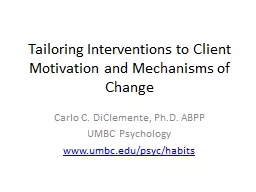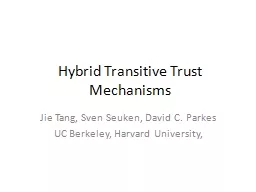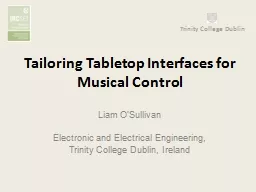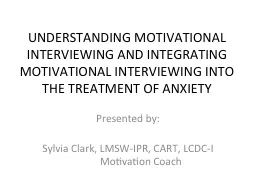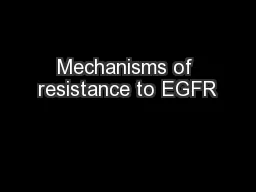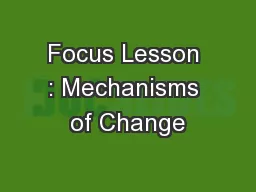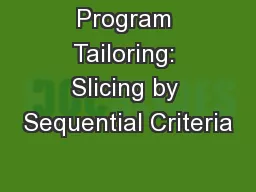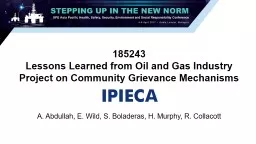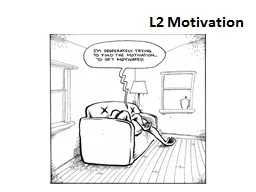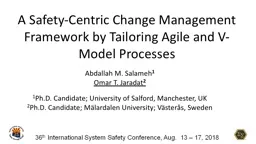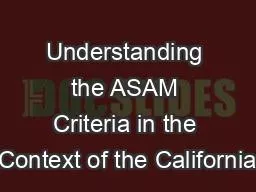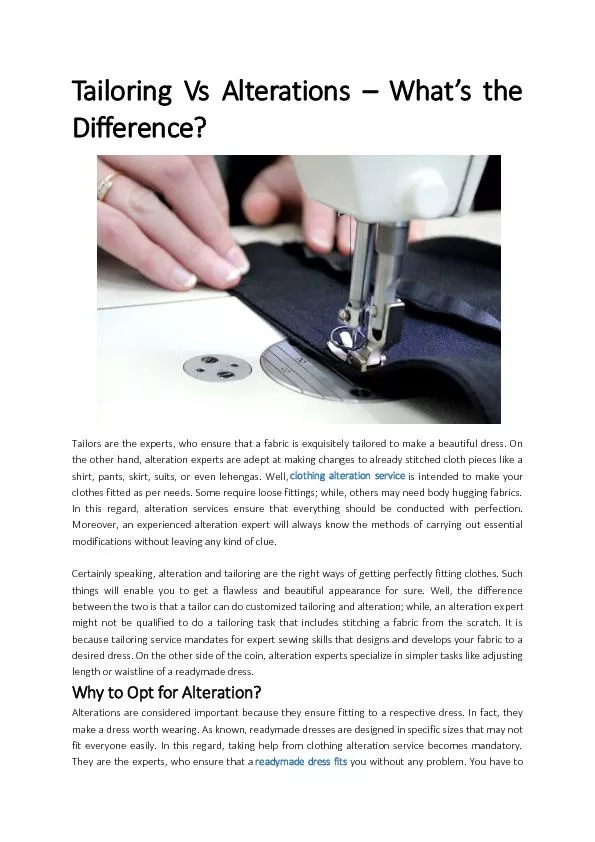PPT-Tailoring Interventions to Client Motivation and Mechanisms of Change
Author : min-jolicoeur | Published Date : 2018-03-18
Carlo C DiClemente PhD ABPP UMBC Psychology wwwumbcedupsychabits Understanding the Process of Change over the Past 30 years There have been many advances in our
Presentation Embed Code
Download Presentation
Download Presentation The PPT/PDF document "Tailoring Interventions to Client Motiva..." is the property of its rightful owner. Permission is granted to download and print the materials on this website for personal, non-commercial use only, and to display it on your personal computer provided you do not modify the materials and that you retain all copyright notices contained in the materials. By downloading content from our website, you accept the terms of this agreement.
Tailoring Interventions to Client Motivation and Mechanisms of Change: Transcript
Download Rules Of Document
"Tailoring Interventions to Client Motivation and Mechanisms of Change"The content belongs to its owner. You may download and print it for personal use, without modification, and keep all copyright notices. By downloading, you agree to these terms.
Related Documents

